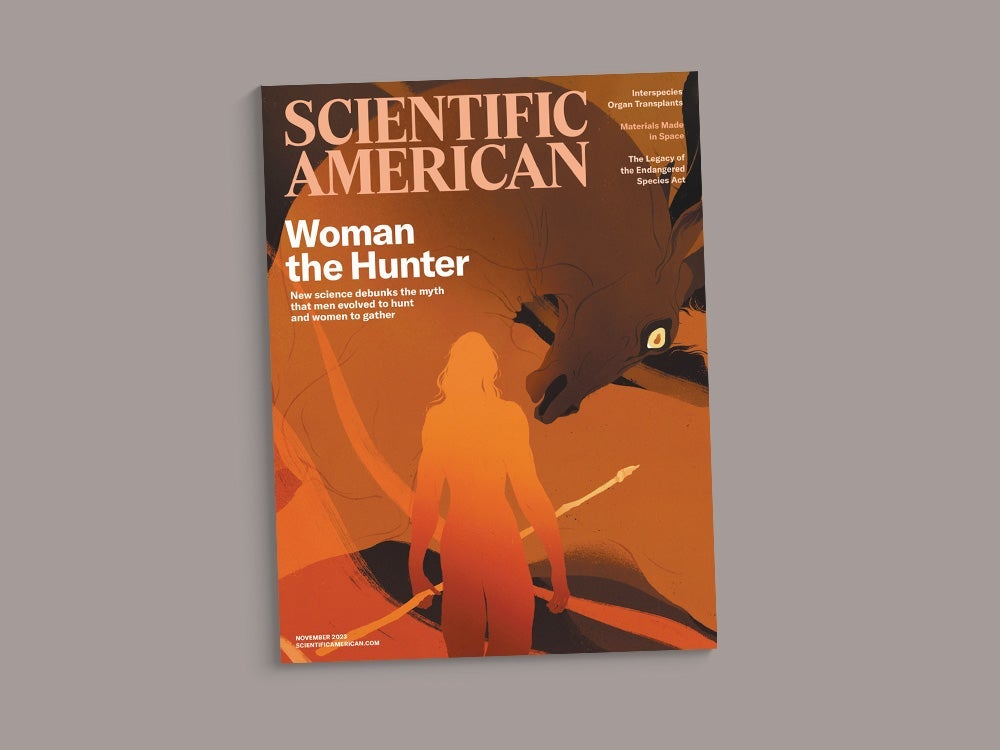CULTURE AND HEALTH
“How Grammar Changes Perception,” by Christine Kenneally, discusses the structure of grammar in language and how it influences our perception of the world around us.
I work in Aboriginal communities in Australia as a remote area nurse, and my wife, who is now deceased, was from the Waanyi clan in Queensland and the Northern Territory. Our children have grown up across both Western and Waanyi cultures. One thing I have observed—and questioned my children about—is the way they perceive the world. They have told me they “operate in different rooms” of their brain, moving from one room to another depending on where they are and what they are doing. Both cultures are comfortable to them, and they describe their thought processes as different for each.
On supporting science journalism
If you’re enjoying this article, consider supporting our award-winning journalism by subscribing. By purchasing a subscription you are helping to ensure the future of impactful stories about the discoveries and ideas shaping our world today.
For example, one son says he works in a visual manner when he perceives the world from an Aboriginal perspective, whereas he works in a data format when he perceives the Western world. He notes that in the Western world, the storage of information is compact but takes him longer to process to recall information; in the Aboriginal world, he feels that there is more to store, but the recall is instant. With the latter, he can remember situations as if he is looking at a picture and notices any changes occurring within that picture in a fast manner.
I minored in anthropology while studying for my nursing degree. That, along with much cultural education from my wife, has helped me understand how to better deliver culturally safe health in remote communities, all of which have their own unique medical issues. The breakdown of kinship systems and the loss of language are major barriers to effective health care in such communities….
Read the full article here







